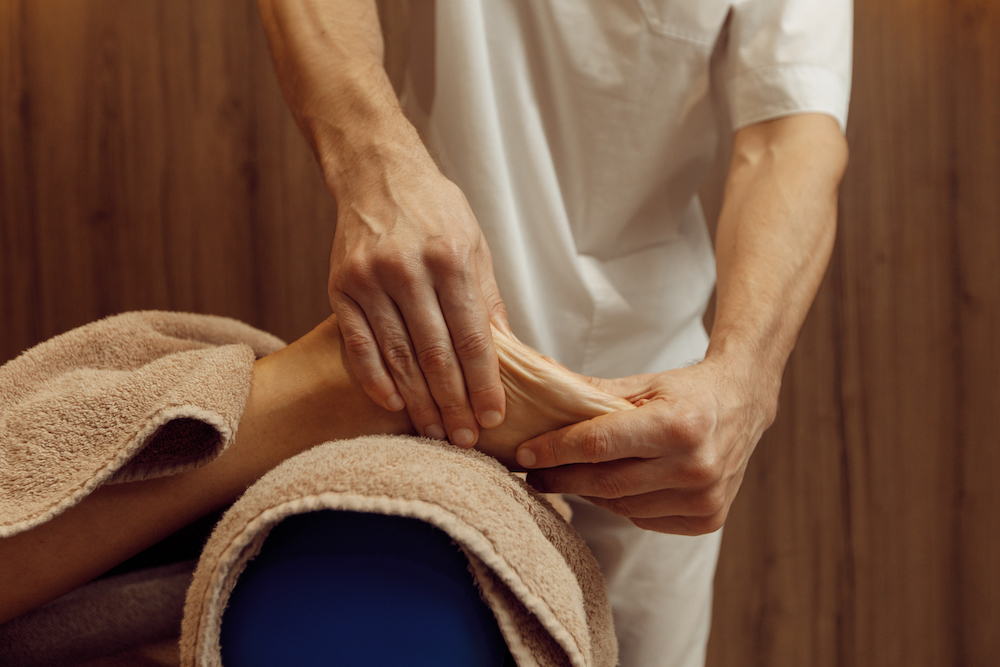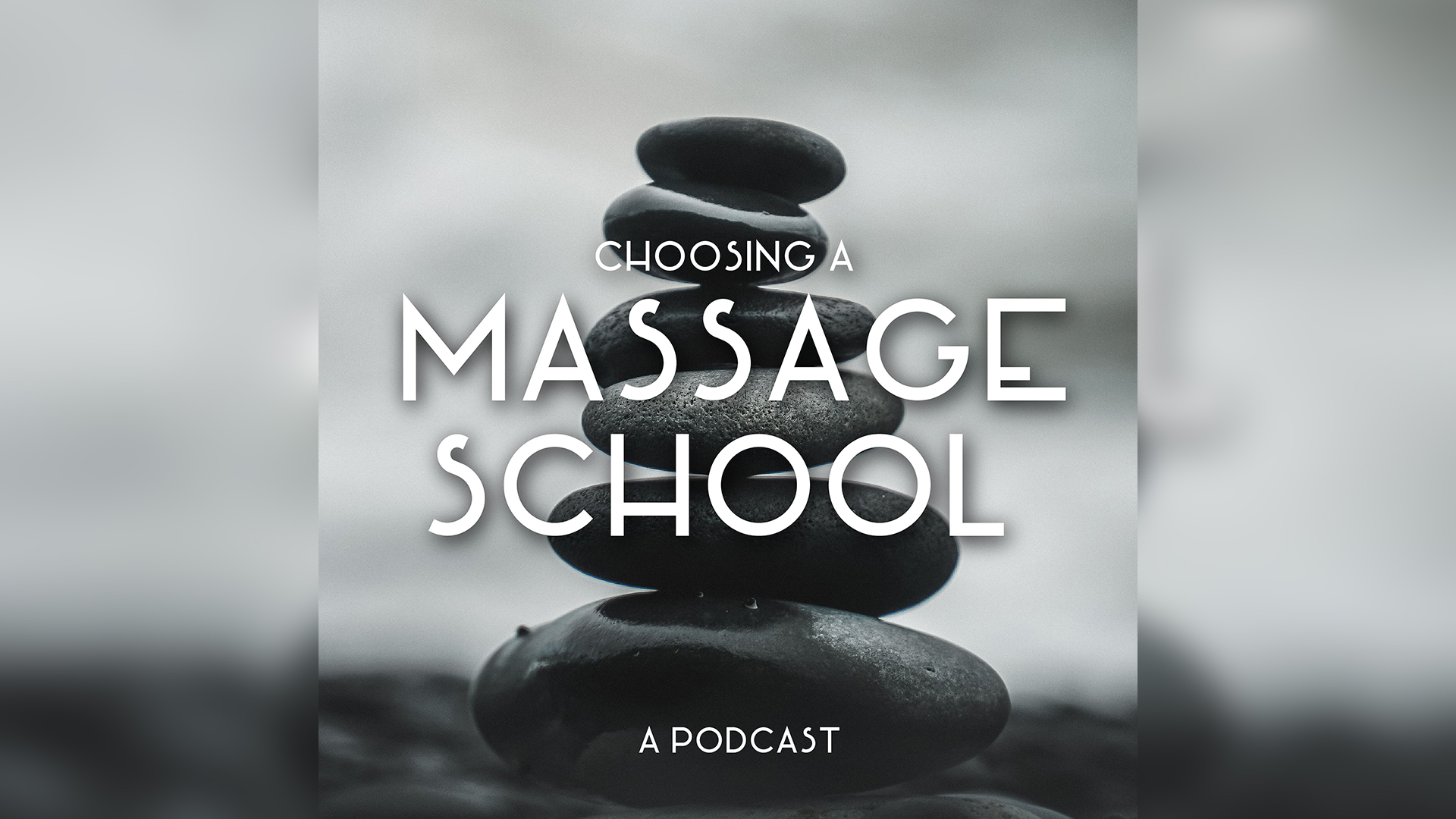Ask the average person why they get massage, and they might answer “for stress relief” or “to feel good!” It is unlikely that the first words out of their mouth would be “To improve communication between my nervous system and my muscles.” Yet mind/body proprioceptive learning is at the heart of proactive massage techniques. In proactive massage, the client participates through stretching, awareness of sensation, and mindful breathing. By improving the connection between brain and body, these unique massage approaches can successfully decrease pain, increase range of motion, and empower clients to become aware of their own muscular holding patterns. Let’s explore the workings of PNF (Proprioceptive Neuromuscular Facilitation) and Range of Motion massage modalities.
What is Proprioceptive Neuromuscular Facilitation (PNF)?
PNF techniques include passive stretching and isometric muscle contractions. The PNF protocol involves a specific pattern of contracting, stretching, and relaxing. Typically, the therapist will first manually stretch a muscle or group of muscles for about ten seconds. Next, the therapist asks the client to activate the targeted muscle, using gentle resistance. For instance, the client could be asked to press against the therapist’s hand, typically for six seconds, followed by relaxation. Finally, the therapist stretches the muscle(s) again, bringing it past the initial range of motion.
Benefits of Proprioceptive Neuromuscular Facilitation
–Increased Range of Motion, accomplished in a shorter time span than some other approaches.
–Longer resting muscles, increasing relaxation.
–Improved biomechanics. Sports massage therapists often find athletes enjoy PNF for the resulting improvement in performance.
–Reduced joint stiffness.
Research on Proprioceptive Neuromuscular Facilitation and Myofascial Work
According to an article in the August 2010 issue of Physical Therapy in Sport, PNF can provide “significant changes over time” for clients with myofascial trigger points, which many laypeople refer to as “knots.” Thirty active males were included in the study; all of them had tight hamstrings and at least one latent myofascial trigger point innervated by the lumbosacral, sciatic, tibial, and common peroneal nerves. Participants were split into a control group which received no treatment, and a second group that received Myofascial Trigger Point therapy plus PNF massage. The PNF group showed multiple improvements over the control group, including lower pain intensity and increased range of motion. The researchers concluded that PNF/myofascial massage resulted in “immediate pre- to post-treatment benefits.”
When it comes to educating yourself on assisted stretching techniques, including PNF, we hope to be your top pick among Oregon massage schools. Portland, OR LMTs will find our new downtown location easy to access via public transit or car. We offer a legion of CE classes every term, taught by experienced, dedicated LMTs, in everything from sports massage to ethics. Our own Renee Stenbjorn is offering a PNF massage technique class in March, specifically on Neuromuscular Therapy for the Neck. To sign up for this and other PNF and range of motion CE classes, visit our Continuing Education website, or call 503-233-6500.




